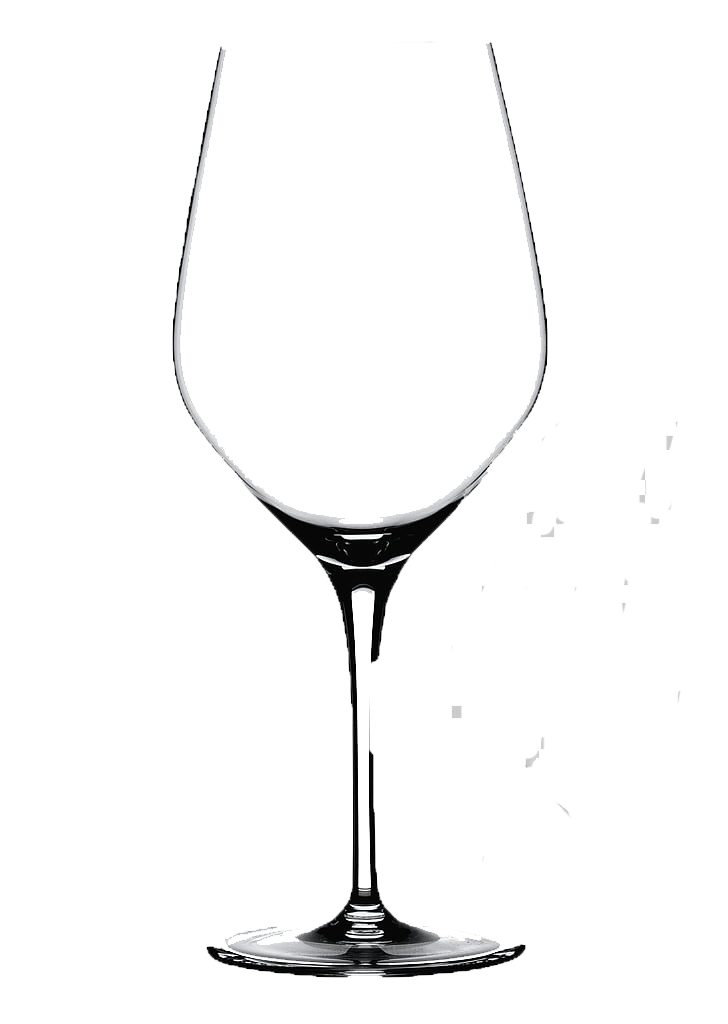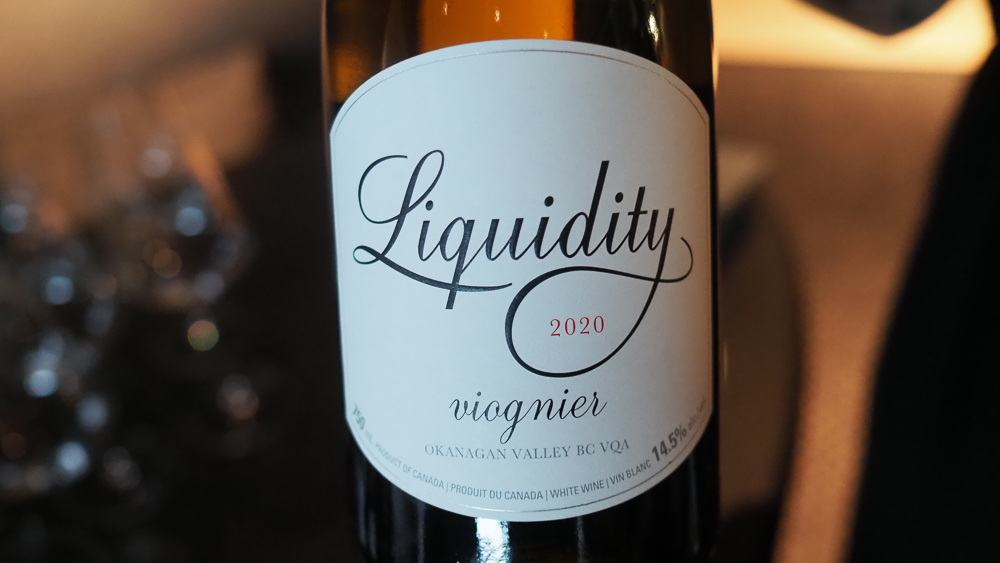When wandering the aisles of a well-stocked wine merchant, the vast diversity of choices can leave even the most seasoned of wine drinkers in a state of worried indecision.
Faced with a dinner party to get to, the quick stop at the liquor store can quickly turn befuddling, especially when faced with a thousand different wines that all start looking alike to you.
It is at this point that the harried shopper will fall back on something familiar, and in the case of red wine, that familiar bottle will often be a Merlot.
Yes, the Merlot grape is the great equalizer, enjoyed by kings and commoners alike. A safe wine choice that will not offend anyone or cause your taste in wines to be questioned.
Merlot is a red grape varietal that is a relative newcomer to the wine world. First discovered in France back in the 1780’s, it is believed to be an offshoot of Cabernet Franc, making it a genetic sibling to both Cab Sauv and Carménère.
While the Merlot grape is grown the world over, France still lays claim to nearly 65% of worldwide production. Unsurprisingly, Merlot is the most widely planted red grape in France, with nearly 70 thousand hectares under vine in the famed Bordeaux region, more than twice that of Cab Sauv.
When bottled as a single varietal, Merlot generally produces a lush and velvety wine with plum and berry flavours. Its soft mouth feel makes it attractive to novice drinkers, so it remains popular with the younger crowd.
While you may see countless different bottles of Merlot at your local booze merchant, the labels may be slightly deceiving. The specific regulations vary by country, but it is legally permitted to have a percentage of other grape varietals blended in during the bottling process.
In Canada and Australia, the dominant grape in the bottle must be at least 85% to be labelled as a single varietal, while the USA is less picky, only insisting that the dominant grape account for 75%.
So, that bottle of Merlot you like so much probably contains a few other types of grape as well, which helps combine the best features of each varietal for a better tasting wine.
Merlot usually makes up the majority of the blend in Bordeaux wines, which are the gold standard against which all other wines are judged.
Because the Bordeaux name is a protected designation of origin, North American producers have taken to referring to their Bordeaux-styled wines as Meritage. The basic idea is the same – a blend of Merlot, Cab Sauv, Cab Franc, Malbec, and Petit Verdot.
When blended with other grapes, Merlot is often the base wine, and contributes the soft and rich mouth feel.
Since Merlot contains very little tannin, it is frequently blended with the more robust Cab Sauv grape to give it more backbone, and prevent it from becoming cloyingly sweet.
Of course, for those who enjoy sweet wines, there is a popular Californian Merlot that spends almost no time aging in oak, resulting in a very light and fruity wine, sometimes disparagingly referred to by wine snobs as a Red Chardonnay.
Merlot tends to thrive in climates with hot days and cool nights, and ripens a few weeks earlier than hardier grapes like Cab Sauv. This tolerance for chilly evenings has helped the Merlot grape thrive the world over, from Australia to Canada, and everywhere in between.
A skilled winemaker can start with a vineyard of Merlot grapes and coax it towards many different flavour profiles, using different types of oak barrels for aging.
My favourite Canadian example of a 100% Merlot varietal is the Black Sage Merlot from the Okanagan Valley. I have purchased this wine by the case many times during pilgrimages to BC wine country, but it can also be for $30 at local bottle shops right here in Alberta. I like this because it drinks like a $50 bottle of wine, so definitely punches above its weight. This wine bursts with flavours of blackberry, licorice, herbs, and burnt chocolate. Pair it with grilled meats or hard cheeses for an even greater tasting experience.









